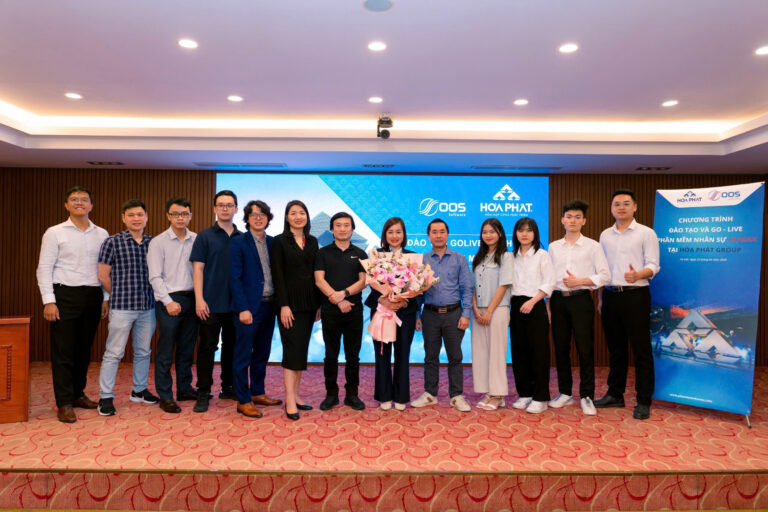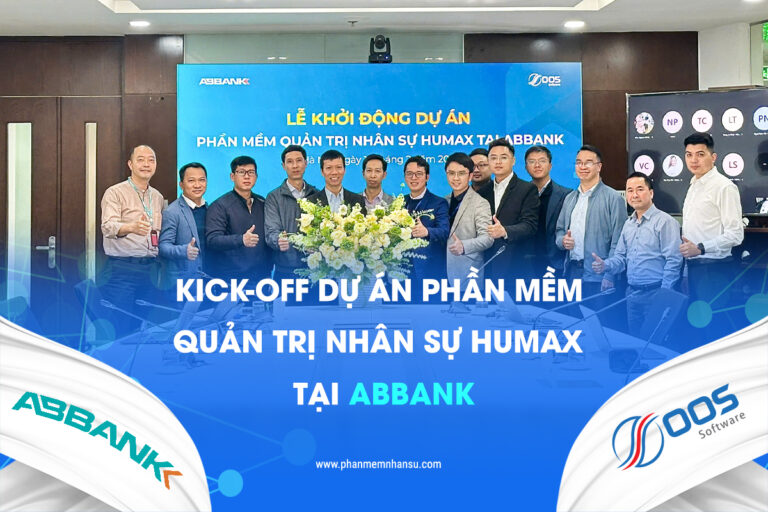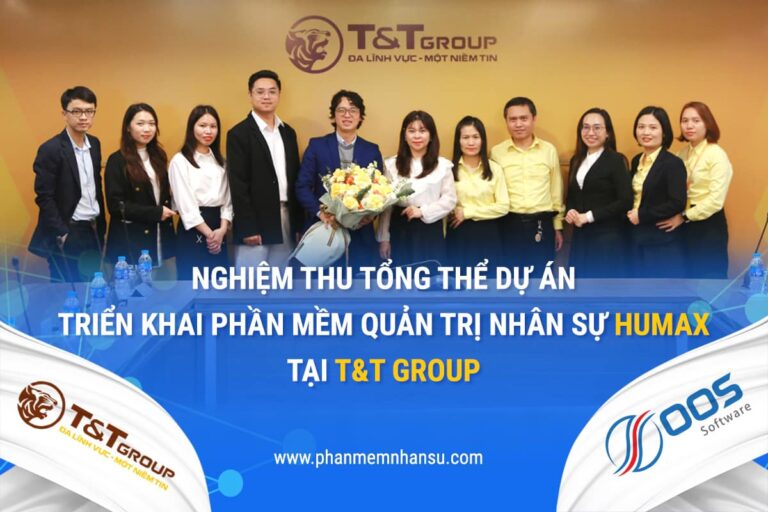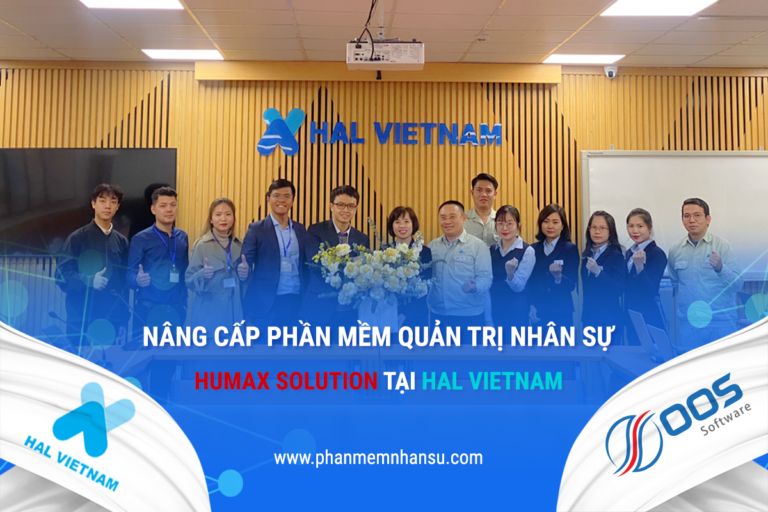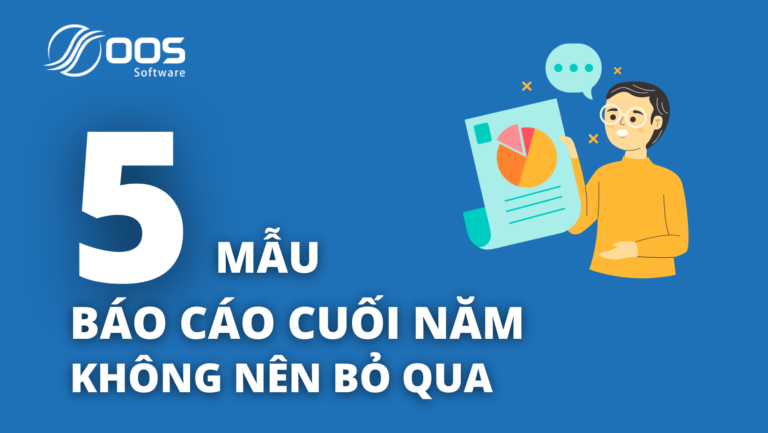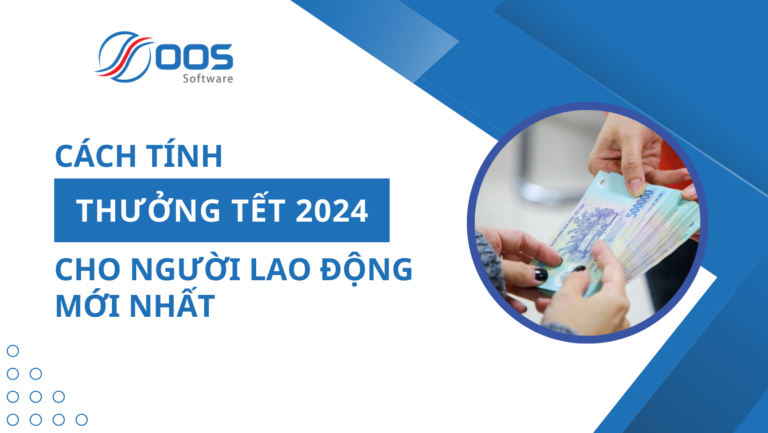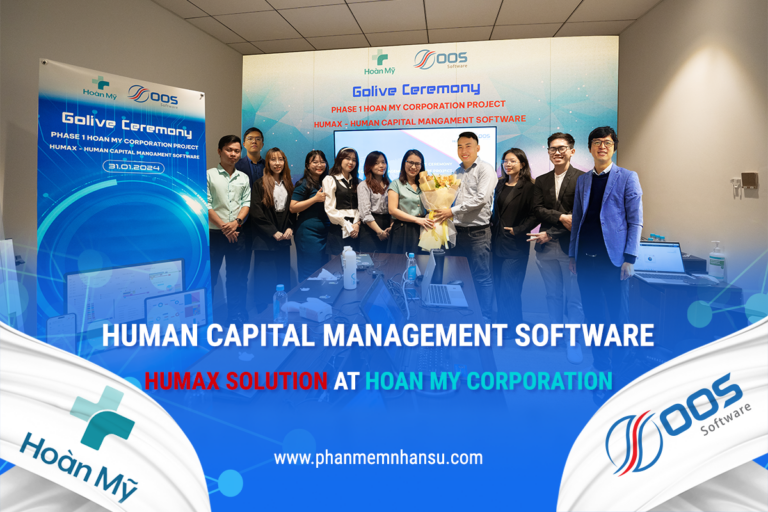Two decades ago, we were still using dial-up modems and today the world is within our reach. Disruptive technology trends have emerged that will accelerate development, transform many industries, and shape the world of the future.
Big data (Big data)
Big data is a term used to refer to a collection of data so large and complex that traditional data processing tools and applications cannot collect, manage and process the data for a period of time. there.
Big data begins at a time when an organization's or business's data grows faster than an information technology (IT) department can manage data. And now, data management is a special area.
All user habits on Google Search, YouTube, Facebook, etc., from content of interest to position of drag, mouse click, etc. are all data sources that these "giants" will use for many different purposes. On top of that, they are the underlying raw data source that makes up a big data warehouse and are analyzed by machine learning to ultimately derive a reliable data source. The ultimate goal is machine learning plus big data to create intelligent artificial intelligences (AIs) beyond human reasoning.
The first web browser
Microsoft was at the forefront of the internet revolution with the launch of Internet Explorer in 1995, allowing users to surf the web around the world at the time. Between 2002 and 2003, about 95% web users used it as their primary means of accessing websites as more people around the world gained access to the internet.
Today, user experience is all about what web browsers have to do, including mobile apps. That means more planning for different user interfaces, along with prioritizing data state when the connection is interrupted. On the plus side, it's easier to learn than it used to be.
Cloud Computing (Cloud Computing)
Companies are realizing that using a public cloud, private cloud, or data center connection alone is not the best option. Occasionally, they need to recombine. Cloud connectivity is continuing to mature to keep up with the changing needs of businesses, whether they want to host, connect, secure, or develop cloud-based applications. Public cloud providers like Amazon or Alibaba are starting to offer private cloud options. Multicloud, the multimedia cloud, will be the new buzzword. The experience should also be seamless, secure, and streamlined.
In theory, it's cheaper, easier, and safer than doing that job internally.
Commoditization
The big IT vendors often wanted to sell users and businesses expensive hardware in the 2000s. Years later, cheap hardware became good enough, so the top vendors changed. Their focus shifted to software production in the 2010s. From redundant devices for firewalls to switchboards, sales became the norm. For users still might want something special for transactional databases or other high end applications.
Consumerization
It was hard to predict in 2000 that by 2020 everyone would want everything to work like their phone. Users want to put their devices into operation and the technical staff (developers, engineers, scientists, etc.) are not satisfied when the IT infrastructure does not meet all the work that users expect. such as establishing networks using digital signatures or doing paperless work. And now, we live in a user-centric world.
Device management
All phones, tablets, laptops, access points, projectors and portable charging stations must be documented, secured and maintained. Device management is a huge industry. Experts, experts are finding new ways to keep track of everything, back up data, roll out updates over the air, and keep devices safe while they're connected to the internet.
DevOps
DevOps is a term that refers to a set of actions that emphasizes the cooperation and communication of programmers and geeks as they work together to automate the delivery of software products. software and system architecture changes.
What if programmers and other technical people worked together instead of separately. In theory, it enables better-performing applications, happier users, and smoother interactions with computer systems, all of which are built and updated faster.
Programming language proliferation
If you are thinking of learning to code, then the language you decide to choose to start with depends a lot on what you are trying to learn, what you want to do with that skill, and what you want to end up with. go. However, some programming languages are easier to learn than others and there is an active community that teaches or offers many useful skills once you have learned them.
Some popular programming languages such as: C++, C#, Java, Python, JavaScript, PHP...
Security
With the rapid development of technology and the ability to communicate between devices increasingly tight, security will have to be enhanced. From simple security technologies such as password strings, now real-time authentication technologies such as OTP, two-factor authentication or more, fingerprint and iris security technologies, complex encryption, etc. … when enhanced will play an extremely important role.
Virtualization (Virtualization)
This concept has been talked about many times over the decades, and in the 2010s, it became very large and popular. Most of today's critical servers are running lots of operating systems and lots of applications. They have the advantage of saving a lot of money, saving space, saving energy, reducing noise, reducing the hassle of hardware management.
Artificial Intelligence (AI)
Innovations in the field of artificial intelligence (AI) will continue to deliver scientific breakthroughs, thanks in part to the vast amount of data that new technologies have gathered and are now available.
Machine learning and AI will be widely applied in the business field, creating smart business operations.
Advances in machine learning and algorithmic training will create new and more advanced AI. Autonomous vehicles and robotics are two industries that will see the fastest growth in the future.
Convergence of artificial intelligence, machine learning, and deep learning in business applications. When AI and learning technologies work together to achieve better results, AI will be more accurate at every level.
Author: Anh Ngoc

